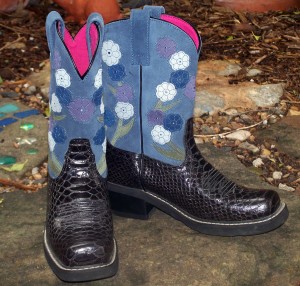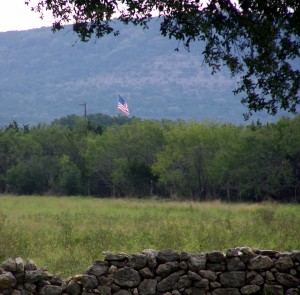It’s been a strange week, all in all – for a number of different reasons, several of which brought me around to thinking of my father. There is a lot of Dad in the character of Vati, in the Adelsverein Trilogy – the free-thinking, scientific interests, and how he pushed all of us to excel, although not the absent-mindedness, and gnome-like appearance. Physically, Dad looked actually rather like Papa, in Daughter of Texas/Deep in the Heart – tall and fair, with broad shoulders, rather like the actor Vince Morrow in his prime. Dad passed away on the day after Christmas, 2010, a week short of his 80th birthday. Between one week and the next he was fine, and then suddenly semi-paralyzed, and in the hospital, being operated on for a subdural hematoma. Between the next week and the week after he was recovering … and then not doing so well – that he was in a comas, but only temporary. On Christmas Eve, everyone assured us Dad was fine; the problem would be sorted out soon … but on the day after Christmas, my brother called, and said there was nothing that they could do. Last Rites had been performed, although Dad always insisted that he was an agnostic. I have wondered since if the hospital staff kept Dad going in life-support just to get through Christmas Day. There was an episode of the TV show M*A*S*H with just that very plot.
More »
Just caught up in real-life work, and trying to work out the best means of posting picture galleries on this website, which turns out to be a leeeeeeetle more complicated than I thought it ought to be. But some picture galleries are posted, so that is all to the good.
Work is progressing on the next book, The Quivera Trail, and I have sent in the contract and fees for a table at the New Braunfels Weinachtsmarkt 2013 to secure the table – Friday and Saturday only, though. I will begin taking advance orders for the Quivera Trail in about mid-October, for books to be delivered in mid-November. I’ll have an announcement up, and an order page.
My daughter, who does origami art, wants us to have a table at the Boerne Marketplace in Boerne in November, so we are working out ways to get that done.
When I do a book event, I dress up in sort of western attire; long skirt and vest, and with my hair up in a bun with a Spanish comb stuck in it … and the one thing that I have been lacking so far is a pair of cowboy boots. Well, a very nice pair came up at my daughter’s favoite reseale shop, – the Squirrel’s Nest in Boerne, which supports the Wildlife Rescue and Rehabilitation center near Kendalia.
And now they are mine-mine-mine – an only-worn-once pair of Ariat boots … behold, in all their glory!

Yes, the transformation is now complete. All I need is one of those tee-shirts with the Gonzalez cannon and ‘Come and Take It’ on it … and I saw those for sale last weekend at a booth at Boerne Market Days.
In San Antonio, it may be the Spanish Governor’s Palace, on the edge of Military Plaza (or what’s left of the Plaza d’ Armas, once the City Hall got plunked down in the middle of it.) But it isn’t a palace at all, not in the commonly accepted sense; just a rather good-sized single-story house of adobe brick, constructed in the 18th century for the use of the captain of the local military garrison … who was therefore about as high an authority as there was in Spanish San Antonio. As to the Spanish part – the place was extensively restored in the 1930s by an architect who had many romantic notions of what it should have looked like, rather than what historical or archeological records suggested. In any case, it’s a rather charming building … and I had been intending to visit for some time. I needed to form a kind of mental landscape for a chapter of The Quivera Trail, where Sam Becker and Jane Goodacre visit Porfirio’s family home for a grand fandango. And Porfirio’s family home would be the old-style Mexican mansion, along about Soledad Street where the Veramendi Palace had been. It would be the same kind of lay-out, with a blank facade onto the street, a grand pair of doors, and a Spanish-style courtyard at the back, with a garden and outbuildings that ran down to the river edge. So we went last weekend, and I took some pictures.








Recent Comments